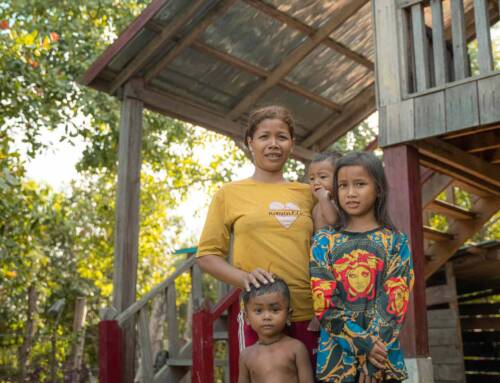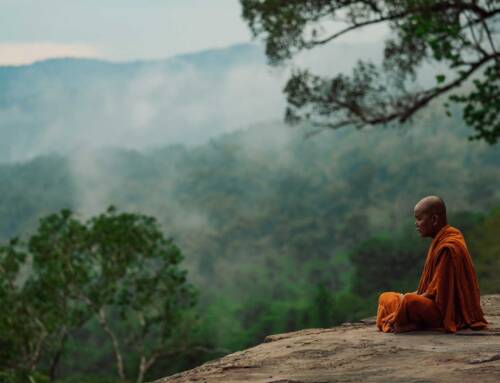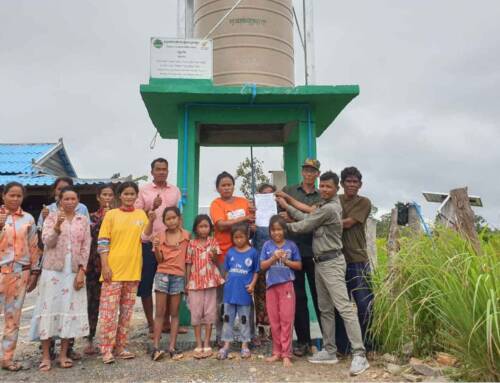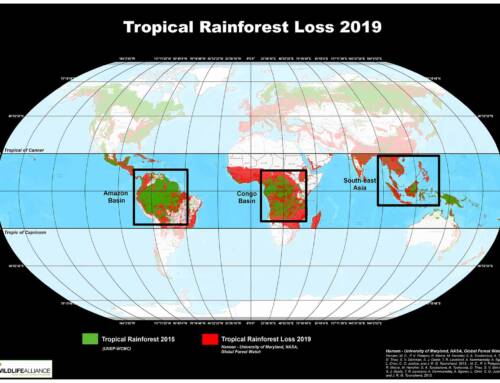The Southern Cardamom Mountain Range is part of one the most threatened biodiversity hotspots in the world – the Indo-Burma Region. Encompassing over 490 million acres of tropical Asia, the Indo-Burma region, which consists of Vietnam, Lao PDR, Cambodia, Thailand, Myanmar and parts of Southern China, is home to some of the world’s most endangered animals and plants. Six large mammal species have been discovered in the last 12 years, and the region is home to over 1,300 different bird species.
Critical to the region, the Southern Cardamoms form Cambodia’s largest intact forest. It is home to 15 critically endangered species and is part of one of Asia’s last remaining large mammal corridors. The Cardamom Range constitutes the most important forest watershed in Cambodia and provides water for 22 major waterways that are integral to the health of local wildlife and surrounding ecosystems. Receiving upwards of 170 inches of rain annually, the range also plays a key role in regulating the entire region’s climate. Unfortunately, despite its global significance, the region is experiencing a biodiversity crisis.
Over the last 40 years, Cambodia has seen one of the worst rates of forest destruction in the world. Threatened by logging, the illegal sale of public lands for private ownership, development of large agricultural land concessions, Cambodia’s forests are at risk of disappearing. However, through a long-term protection strategy, Wildlife Alliance has been able to maintain a stronghold in the Southern Cardamoms, and it has seen the least amount of forest destruction in the country. With support from the Cambodian government, Wildlife Alliance has implemented a comprehensive conservation model that combines law enforcement, reforestation, zoning and demarcation, political advocacy and community education. Our presence in the region has helped maintain 2 million acres of critical wildlife corridor, cancel or reduce 36 industrial land concessions, and provide tigers, Asian elephants, and 25 other at-risk species with much-needed habitat protection. In addition, the protected forest helps regulate hydrological cycles that play an integral role in maintaining the ecological health of an entire region.
It is difficult to imagine the potential devastation this forest would have experienced without our presence. Help continue to make the Southern Cardamoms the best protected rainforest in Southeast Asia by pledging your support today.





